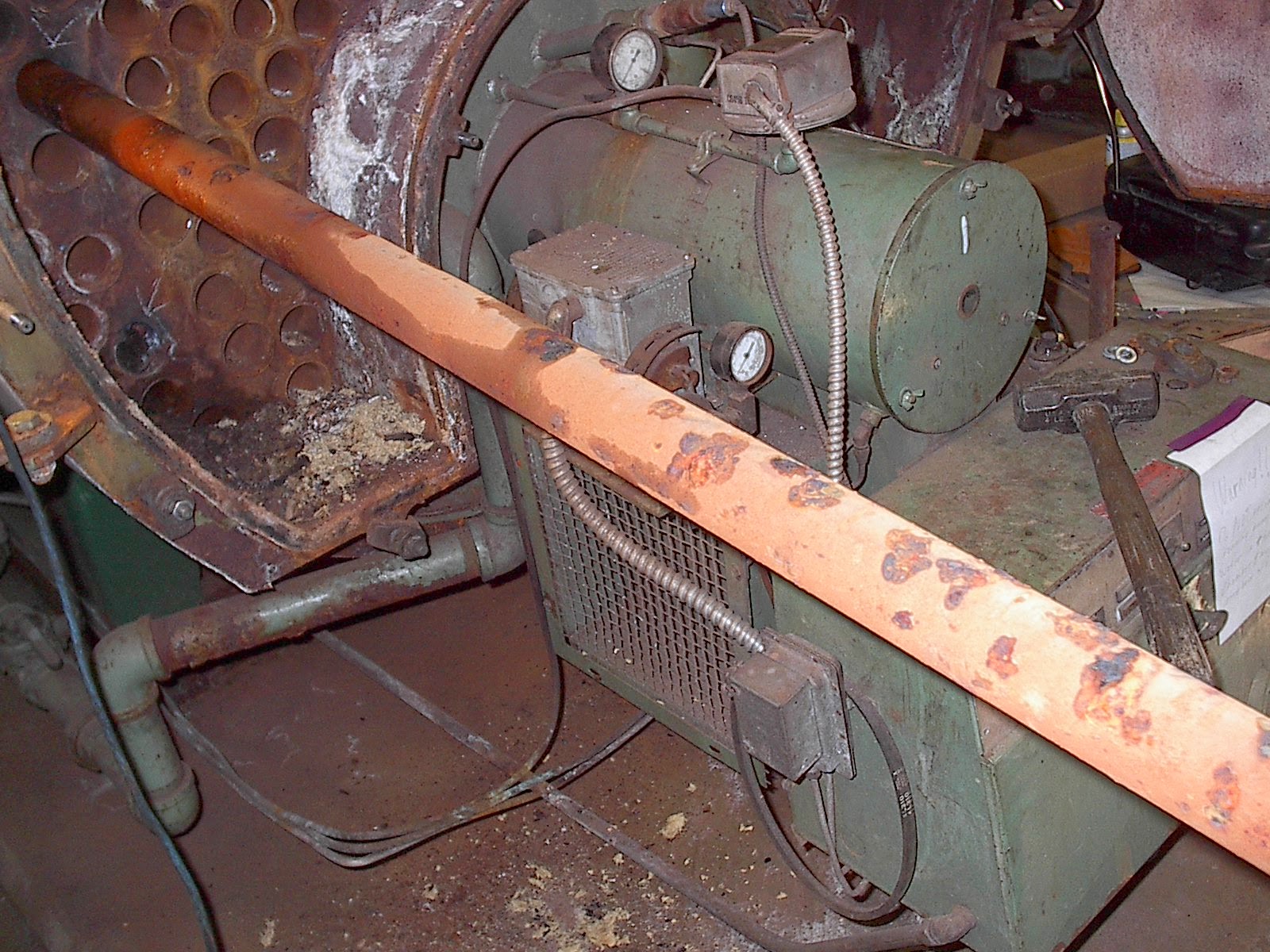Employers must train all employees to recognize hazards related to ladders and stairways, and instruct them to minimize these hazards. For example, employers must ensure that each employee is trained by a competent person in the following areas, as applicable:
§ Nature of fall hazards in the work area; Correct procedures for erecting, maintaining and disassembling the fall protection systems to be used;
§ Proper construction, use, placement and care in handling of all stairways and ladders; and Maximum intended load-carrying capacities of ladders used.
Note: Employers must retrain each employee as necessary to maintain their understanding and knowledge on the safe use and construction of ladders and stairs.
Note: Employers must retrain each employee as necessary to maintain their understanding and knowledge on the safe use and construction of ladders and stairs.
Employee & Student Training
There are several good quality free, or inexpensive options for Ladder Training available. In the workplace they are and additional tool and resource for providing training to new employees as well as existing employees as a refresher every two or three years. The training is also good resource for students who have not entered the workforce as a self-study module.
Ladder Safety Training
The American Ladder Institute offers Free Ladder Training with a certificate of completion in three ladder categories:
- Stepladder
- Extension Ladder
- Mobile Ladders
- Ladder Safety
- Pump Jack Safety
Both cover and document the training along with providing an assessment to document the training effort and compliance. In the workplace a manager can alternate between the two programs for refresher training.
Ladder Training Links
http://www.laddersafetytraining.org/
http://www.wernerco.com/us/en/support/online-safety-training
Safe Culture
Safety Programs require employee involvement with management leadership and commitment. To develop a Health Safe Culture, management responsible for the administration should review and participate in the training initiatives as well.

